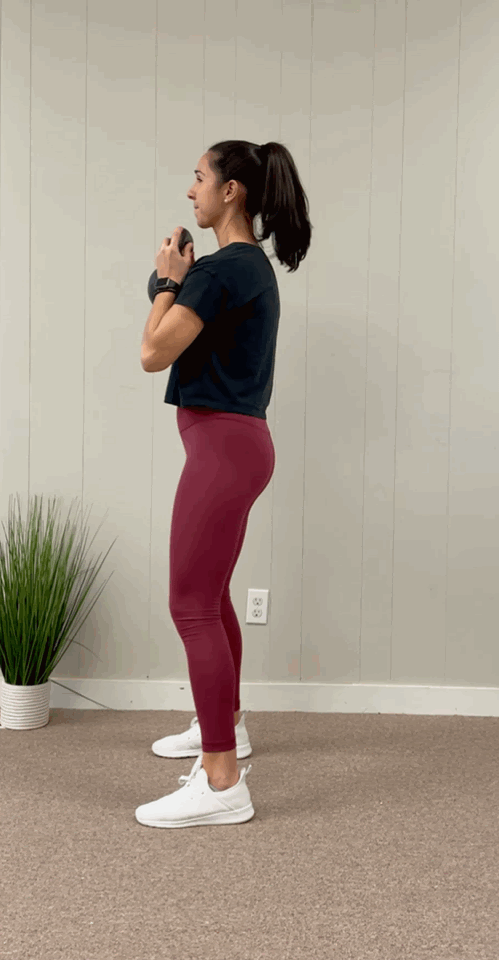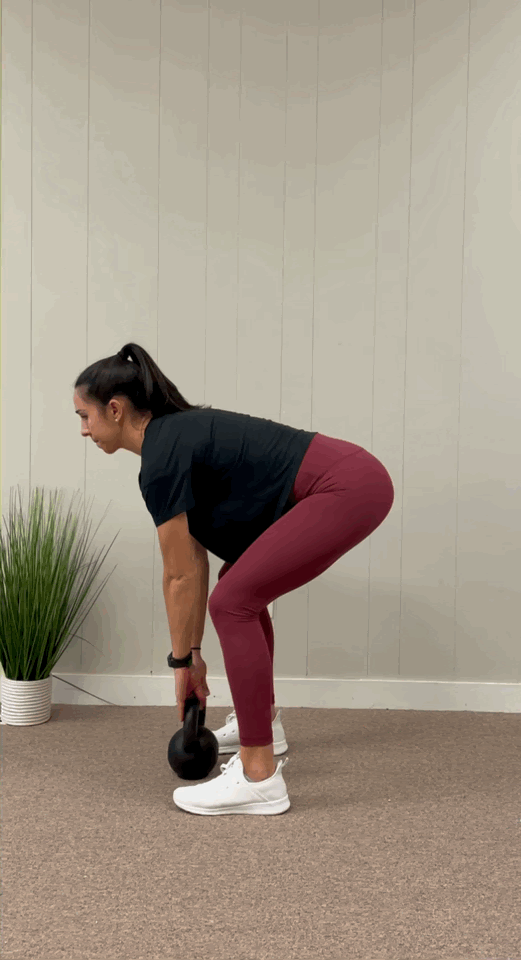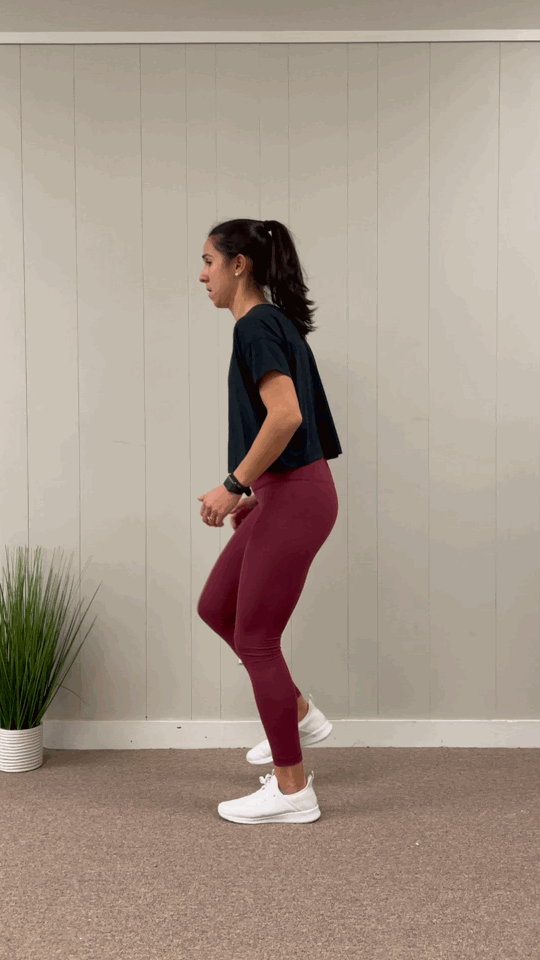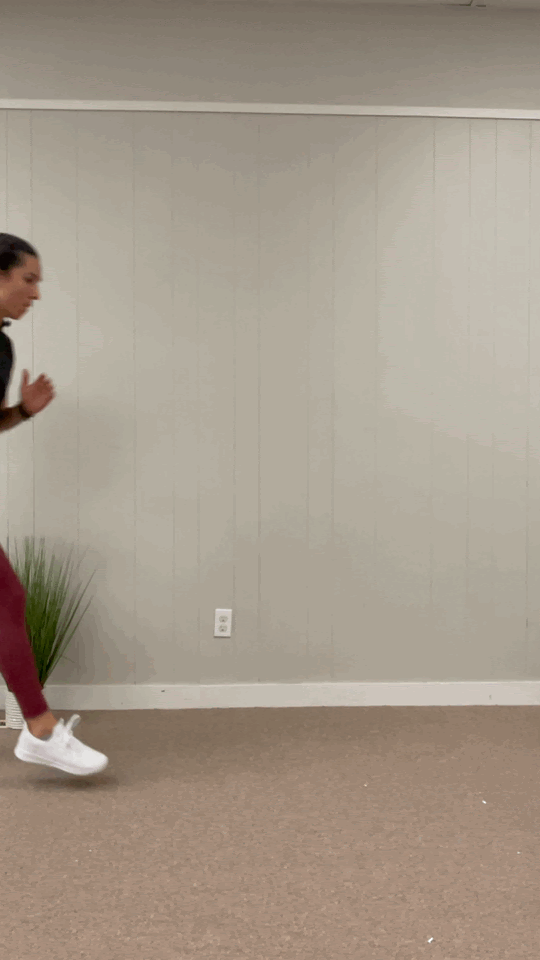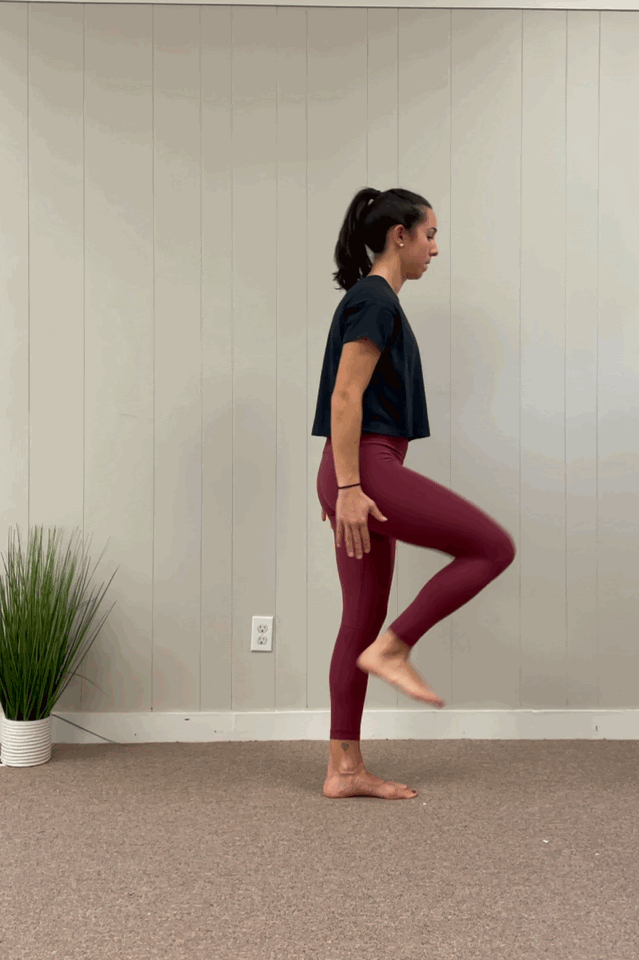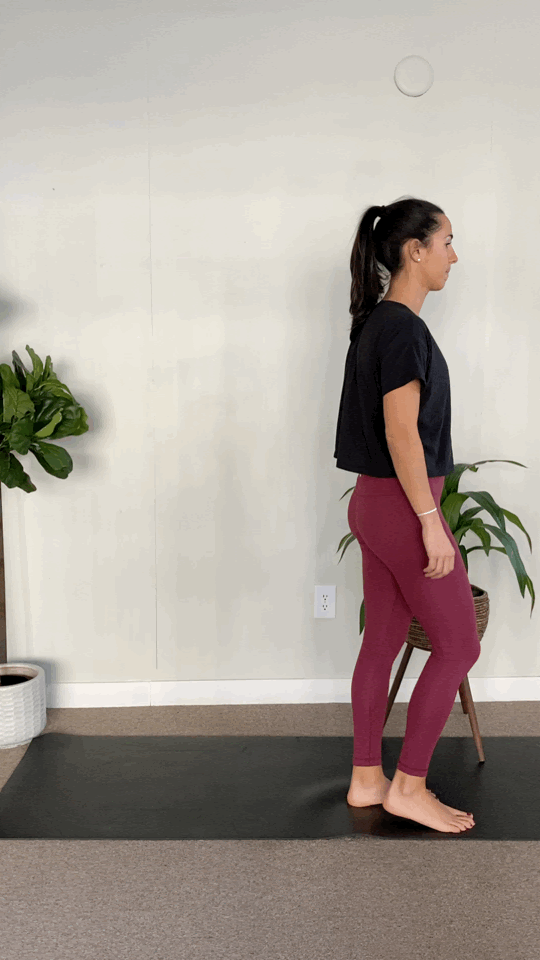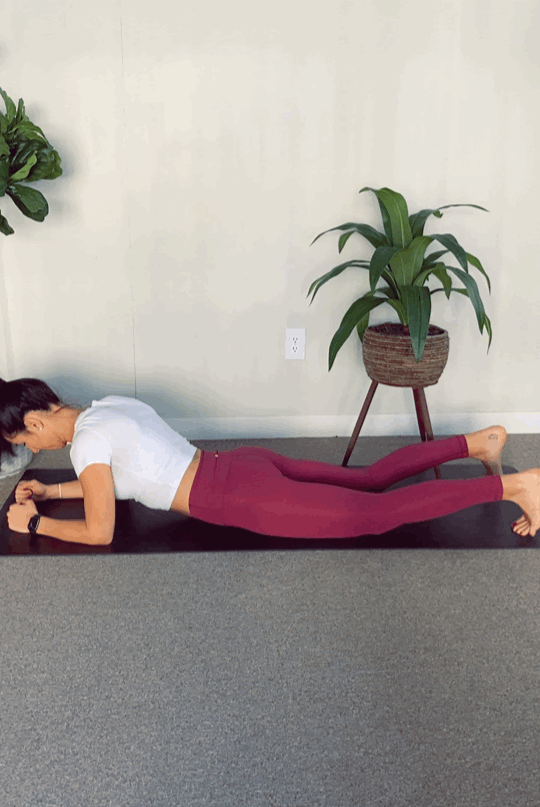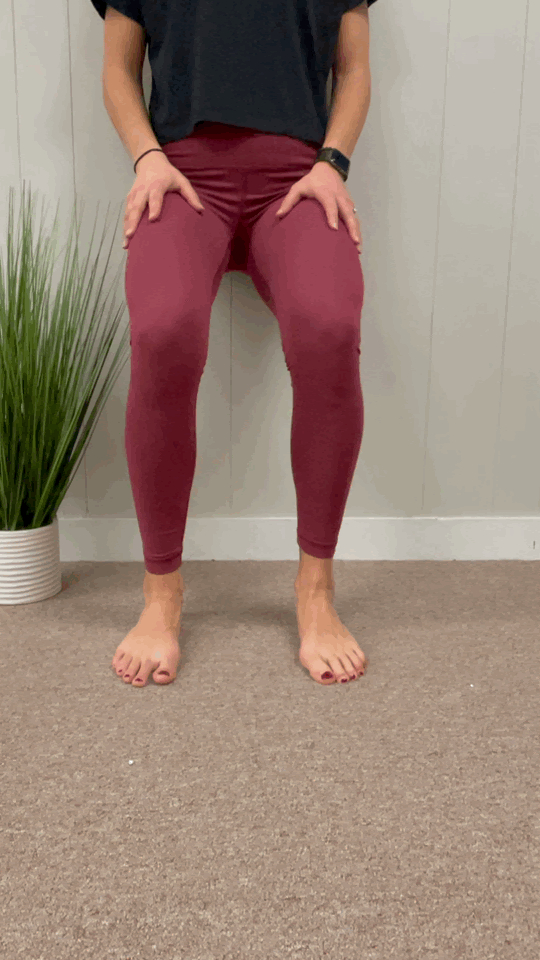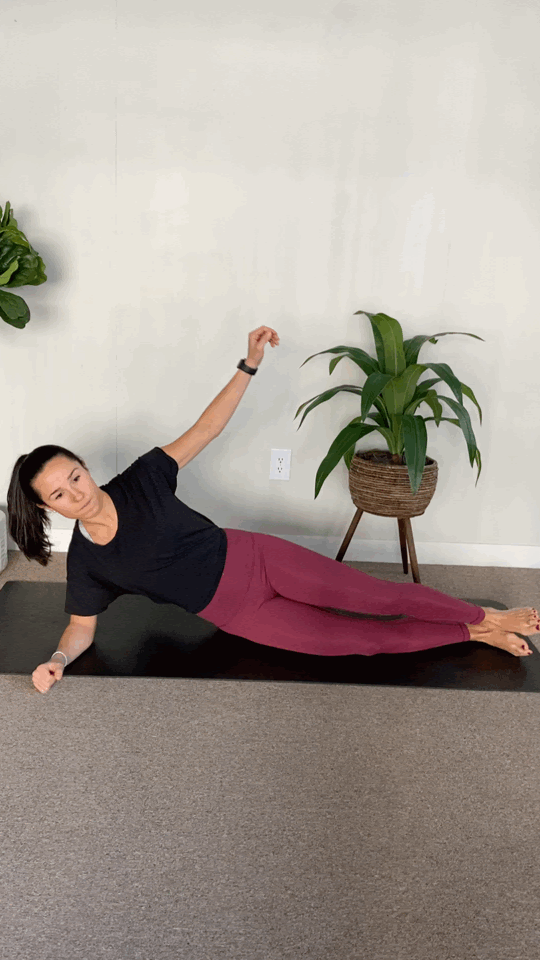My Pitch for Runners to Strength Train
I’d estimate that about 75% of the runner’s that land in PT with me do no form of strength training, and often the ones that do aren’t doing it well.
Here are the 3 most common excuses I hear for not strength training:
1. I’ll add too much muscle mass: FALSE
A study which had 25 distance runners begin a 2x/wk strength training program, demonstrated that changes in body composition were not significant. This included a heavy and moderate-heavy lifting day performing back squats under a barbell. If you are a female runner this is especially poignant. I assure you, unless you’re injecting yourself with testosterone, you will not start looking like a WWE fighter by putting a little weight on your frame and squatting.
2. Doing heavy workouts won’t make me run faster: FALSE
🗣📢Strong legs are fast legs! Runners in the same study showed significant improvement in maximal and reactive strength as well as key running performance indicators. Reactive strength involves the stretch-shortening cycle of a muscle and the capacity of an athlete to bear a stretch load and subsequently switch rapidly from an eccentric to concentric muscle action. It’s a measurement of the muscles ability to store and quickly release energy to propel you forward. These runners also had significant improvements in running economy and max velocity at VO2max. In short, strength training = springier muscles/tendons meaning less energy required over each step making you feel less fatigued at the same speed.
3. I don’t know how and/or I don’t have time: SOLUTION!
I understand that runners, especially those training for distance events, need to spend a lot of their training time running to achieve success. I’m here to suggest a simple framework to confidently incorporate strengthening into even the busiest training cycle. Here are the 6 important components to include into your strength training:
1️⃣ Max Strength: maximal force development through high-load, low-velocity movement
Example: Back squats, front squats, goblet squats, deadlifts
2️⃣ Reactive Strength: maximal power output through medium-load, high-velocity movement
Example: Box jumps, pogo jumps, bounding drills
3️⃣ Single Leg Dissociation: isolation for increased specificity to running, improved motor control and balance
Example: Single leg squats, lunge variations, step ups, single leg deadlifts
4️⃣ Core Stability: we simply can't produce power and stay injury free without a strong and stable lumbopelvic spine
Example: Plank variations, leg lower variations, anything challenging a neutral spine!
5️⃣ Accessory 1 - Calf: build resilience in the frequently injured Achilles tendon and the very important to runners, gastrocnemius and soleus
Example: Double & single leg heel raises, bent knee raises, isometric holds
6️⃣ Accessory 2- Lateral Hip: the most common gait deviation correlated to injury risk involves weakness of these muscles and running alone does not load them nearly enough
Example: Lateral band walks, hip hikes, side plank variations
Picking just one exercise from each of these categories give you a quick and efficient training session for even the busiest training calendar. If you're not in an active training cycle, shoot for 2x/week (one heavy, one moderate). If you're in-season or have a race coming up, 1 moderate day a week is sufficient for maintaining optimal performance and reduce risk of injury.
I encourage you to comment and discuss or contact me with questions! If you're looking for more customized, individual strength coaching you can schedule your first personal training session with me! Check out our YouTube for additional exercise ideas!
Somerville, MA
References
1. Beattie et al. Journal of Strength & Conditioning Research. 2017



